- mySketch.js
- vert.glsl
- frag.glsl
- style.css
- index.html
xxxxxxxxxx// Hello Raphaël,//// first of all, the interesting thing about this script is that it renders the shader with full pixel density,// i.e. the screen dimensions are multiplied by the 'devicePixelRatio' factor.// You still need to call the 'pixelDensity(1)' function (it's a hack, tbh).// // The shader itself represents branches without branching. There are no conditionals. Or maybe there are?// Ok, the function 'abs(x)' can be rewritten as max(x,-x) and max(a,b) can be rewritten as if (a > b) return a; else return b;// So there you have it - branching. But not explicitly. ;-)let theShader, dpr = window.devicePixelRatio, ww = window.innerWidth*dpr, wh = window.innerHeight*dpr;const canvasStyle = 'width:100%;height:auto;touch-action:none;object-fit:contain;'p5.RendererGL.prototype._initContext = function() { try { this.drawingContext = this.canvas.getContext('webgl2', this._pInst._glAttributes) || this.canvas.getContext('experimental-webgl', this._pInst._glAttributes); if (this.drawingContext === null) { throw new Error('Error creating webgl context'); } else { const gl = this.drawingContext; gl.enable(gl.DEPTH_TEST); gl.depthFunc(gl.LEQUAL); gl.viewport(0, 0, ww, wh); this._viewport = this.drawingContext.getParameter(this.drawingContext.VIEWPORT); } } catch (er) { throw er; }};function windowResized() { ww = window.innerWidth*dpr; wh = window.innerHeight*dpr; resizeCanvas(ww, wh); const canvas = document.querySelector('canvas'); canvas.style = canvasStyle;}function preload(){ theShader = loadShader('vert.glsl', 'frag.glsl');}function setup() { // disables scaling for retina screens which can create inconsistent scaling between displays pixelDensity(1); createCanvas(ww, wh, WEBGL); const canvas = document.querySelector('canvas'); canvas.style = canvasStyle;}function draw() { // shader() sets the active shader with our shader shader(theShader); // here we're using setUniform() to send our uniform values to the shader theShader.setUniform("u_resolution", [width, height]); theShader.setUniform("u_time", millis() / 1000.0); // rect gives us some geometry on the screen rect(0,0,width,height);}This will be the default layout for your sketches
Easy on the eyes
It will show up when there is an error or print() in code
Potential warnings will be displayed as you type
Closes parenthesis-like characters automatically as you type
Controls
Play
Ctrl+Enter
Code
Ctrl+Shift+Enter
Save
Ctrl+S
Interface
Fullscreen
Ctrl+Alt+F
Switch Layout
Ctrl+Alt+L
Settings
Ctrl+Alt+.
Editor
Tidy Code
Ctrl+B
Multiple Cursors
Ctrl+Click
Duplicate Line/Selection
Ctrl+Shift+D
Move Line
Alt+↑/↓
Select Multiple
Ctrl+D
Find in Code
Ctrl+F
Find Next
Ctrl+G
Find Previous
Ctrl+Shift+G


